Soft/Sharp – In-camera Multiple Exposure Technique
The Soft/Sharp Sunflower image above is a 2-frame in-camera multiple exposure. The first frame was sharply focused, the second image completely defocused. To begin with you will need to set your camera (if it is available on your camera’s model) to Multiple Exposure). Most of the newer Canon camera bodies have Multiple Exposure available and Nikon camera bodies almost all have the Multiple Exposure feature.
Once you locate the Multiple Exposure setting in your camera you will have some choices to make. If you have a Canon body you will have more choices than Nikon.
Camera set-up for Canon:
On the Multiple Exposure menu choose either On function/control or On continuous shooting (continuous shooting is good for rapid fire multiple exposures; you will not, however, be able to view or save the individual images in a series). With the On function/control you can view and choose to save the individual shots as well as the final merged Multiple Exposure. I use the On continuous shooting mode when I am only concerned with the final merged image and On Function Ctrl when I am not sure.
When am I interested only in the final image? If I am shooting a 2 frame Multiple Exposure using one sharp image that will be merged with a defocused image to create the soft/sharp look as shown in the Sunflower image above, then I will want to have access to both images so that I can save the tack sharp image as a stand-alone image.
Next you need to choose your Multiple exposure control (Multi-expos ctrl) – Additive, Average, Bright or Dark. Here I am set to Average. Then you select the number of exposures that will be used to create your Multiple Exposure in-camera. Push the Set button and then scroll to the desired number of exposures, for this effect use 2, with the thumb wheel press set.
At Save source images > All images is almost always the preferred setting. You must do this if you want to save images when using ON function/control) so that you can choose to work on some of the individual images later on. At Continue Multi-exp you choose between 1 shot only or Continuously. As the results will vary tremendously it makes sense to choose Continuously so that I can continue to shoot in multiple exposure mode until I disable it.
Camera set-up for Nikon:
Nikon cameras are much easier to set up for Multiple Exposures than Canon cameras. You will, however, be somewhat limited in what you can do compared to the options available with the Canon models. Find Multiple Exposures in the menu and then set Auto Gain to ON and set the number of exposures you would like to combine. When Auto Gain is set to ON, your camera will automatically adjust the exposure for each layered image. If you choose to set Auto Gain to OFF, you must manually adjust the exposure for each layered image. With some models you will need to go back to the menu and set Multiple Exposures back to ON after each series.
Once you have your camera set up for a 2 image Multiple Exposure you are ready to create a Soft/Sharp effect. Start by capturing a tack sharp flower image. Be sure to set up on a tripod with everything tightened down so that the image will be sharp. Use an f-stop between f/8-f/16. Use a macro lens and fill the frame with the flower so that there are no distracting elements in the background. This effect also works very well if the flower is backlit. Once you capture your sharp shot (your first image) take the camera off the tripod and move very close to the flower. Set the lens to Manual focus and turn the focusing ring until the entire flower is defocused and the entire frame is filled with just the soft color of the flower. Take the shot (your second image), the camera will merge the two images together.
Below I have included two images. One is the soft/sharp version and the other is the original flower. This will give you a good idea of how the technique will affect your image. I really like the sharp original version and this is a perfect example of why I select “save source images” – this way I have both images.
Multiple Exposures can be a lot of fun to experiment with. Don’t get discouraged if your first attempt is not a prize winner, keep at it and enjoy the journey!

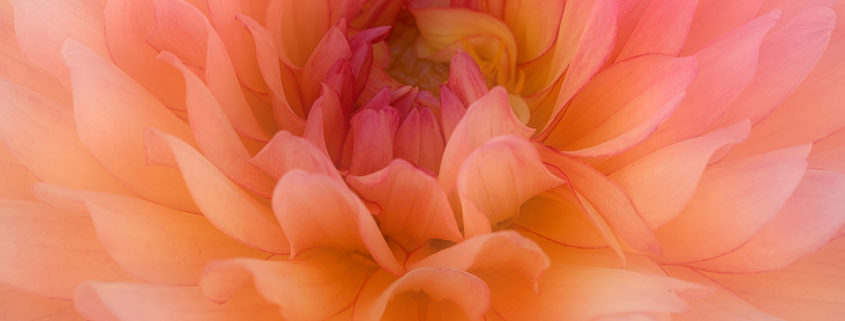
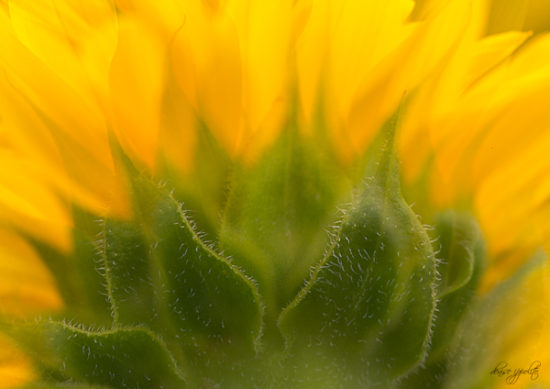
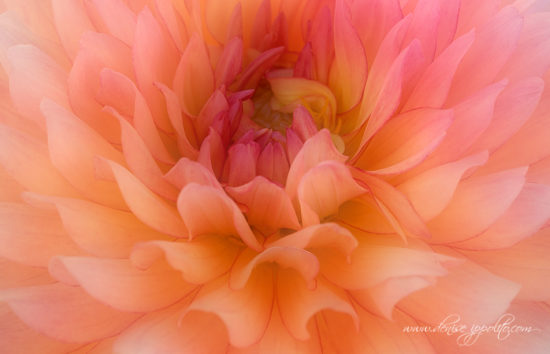


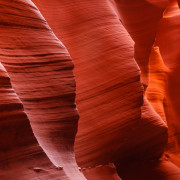


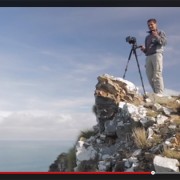
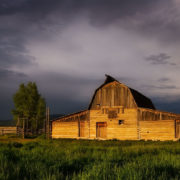
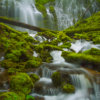

Hi,
What about other camera makes like Olympus & Panasonic , the cameras that I use ?
Hi Ian,
You would need to check to see if your camera is capable of doing multiple exposures. You can find that info in your camera manual. I do know that Olympus has the ability to do 2 multiple exposures.
Thank you,
Denise